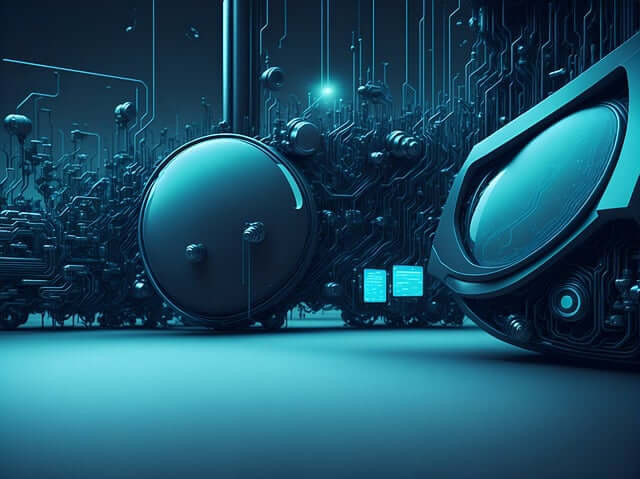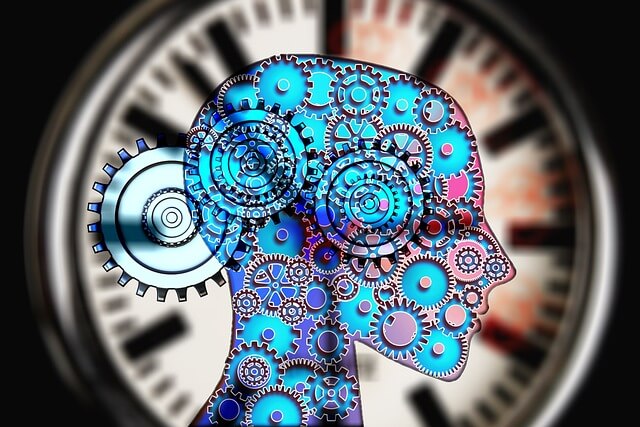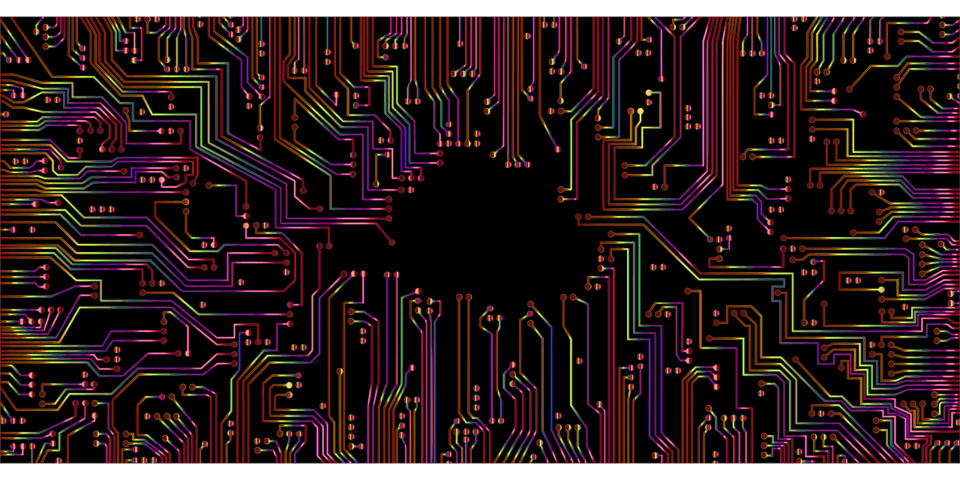Are you or someone you know in need of dialysis treatment? If so, have you heard about the latest buzzword in this field – Dialysis Tech Svg? With advancements in technology, we now have various types of dialysis treatments available, each with its own pros and cons. Among them is Dialysis Tech Svg, which has been gaining popularity among patients and healthcare professionals alike. In this blog post, we will explore what exactly Dialysis Tech Svg is, its different types, benefits and drawbacks as well as some tips on how to manage your diet while undergoing this treatment. So let’s dive right into it!

What is Dialysis Tech Svg?
Dialysis Tech Svg refers to the use of technology in performing dialysis treatment. It involves the creation of a circuit using a machine that filters blood and removes excess fluids, salts, and wastes from the body. This process is done by running the patient’s blood through a semipermeable membrane that acts like an artificial kidney.
There are different types of Dialysis Tech Svgs available depending on your medical condition and needs. Some examples include Hemodialysis (HD), Peritoneal Dialysis (PD), Continuous Renal Replacement Therapy (CRRT) and Home Hemodialysis (HHD). Each type has its own benefits, drawbacks as well as specific requirements for patients who undergo them.
One advantage of Dialysis Tech Svg is that it allows for more precise control over fluid removal since this can be monitored continuously throughout treatment. Additionally, it can also result in fewer side effects such as fatigue or low blood pressure compared to other forms of dialysis.
If you’re considering Dialysis Tech Svg, it’s essential to understand what each type entails so you can choose one that best suits your individual needs. Your healthcare provider will be able to provide further guidance on which option may work best for you based on your medical history and current health status.

The Different Types of Dialysis Tech Svgs
There are two main types of dialysis tech svg therapies: hemodialysis and peritoneal dialysis. Hemodialysis is the most common type of dialysis, where blood is removed from the body through a catheter or fistula, filtered through a machine called a dialyzer, then returned to the body. This process typically takes several hours and must be done three times a week.
Peritoneal dialysis involves using the lining of the abdomen (peritoneum) as a filter instead of an external machine. A special fluid is introduced into the abdomen through a catheter, which absorbs waste products from the blood vessels in this area. After several hours, this fluid is drained out and replaced with fresh fluid.
Another type of dialysis that has gained popularity in recent years is home hemodialysis. As its name suggests, patients perform their own hemodialysis treatments at home under trained medical supervision.
Each type of dialysis has its own benefits and drawbacks depending on individual patient needs and circumstances. It’s important for patients to discuss with their healthcare team which option may be best for them based on factors such as lifestyle preferences and medical conditions.
Pros and Cons of Dialysis Tech Svg
Dialysis Tech Svg is a relatively new technology that has sparked the interest of many people. While it offers some potential benefits, there are also some drawbacks to consider.
One of the main advantages of Dialysis Tech Svg is that it can be done at home. This eliminates the need for regular visits to a dialysis center and allows patients to have more control over their treatment schedule. Additionally, this type of treatment does not require as much equipment as traditional hemodialysis, making it more convenient for some patients.
On the other hand, there are also some possible disadvantages associated with Dialysis Tech Svg. One concern is that it may not be suitable for all patients, particularly those with severe kidney disease or other medical conditions. Another potential issue is that this type of treatment may not be covered by insurance or could be expensive for patients who must pay out-of-pocket costs.
It’s important to weigh both the pros and cons when considering Dialysis Tech Svg as a treatment option. Ultimately, each patient’s situation is unique and what works best will depend on various factors such as health status, lifestyle preferences and financial considerations.
What Foods to Eat with Dialysis Tech Svg?
When it comes to managing your health while undergoing dialysis treatment, diet is a crucial factor. Dialysis Tech Svg patients are advised to avoid foods that are high in sodium, potassium, and phosphorus.
Foods that are low in sodium include fresh fruits and vegetables like apples, blueberries, and carrots. Other options include lean protein sources such as chicken breast or fish fillets.
Potassium-rich foods should also be avoided by individuals on dialysis tech svg. Some examples of these types of foods include bananas, oranges, avocados, and spinach. Instead of these items try consuming cucumbers or green beans which have lower amounts of potassium.
Phosphorus can be found in many different types of food including dairy products like milk or cheese as well as nuts and seeds. It’s essential for those with dialysis tech svg to limit their intake of these foods due to the increased risk of heart disease associated with higher levels of phosphorus consumption.
Maintaining a healthy balanced diet is important for everyone’s wellbeing but even more so when you’re receiving dialysis treatment because it helps improve energy levels throughout the day while promoting overall good health!

Dialysis Recipes
When living with dialysis, it’s important to maintain a healthy diet. However, that doesn’t mean you have to sacrifice flavor and enjoyment in your meals. There are plenty of delicious recipes out there that are specifically catered towards those undergoing dialysis treatment.
One thing to keep in mind when searching for dialysis-friendly recipes is the limitations on certain nutrients such as potassium, phosphorus, and sodium. For example, foods like bananas and potatoes should be limited due to their high levels of potassium.
But fear not! There are still plenty of tasty options available such as grilled chicken with herbs or baked fish with lemon and dill seasoning. Experimenting with different spices can also add flavor without adding unwanted nutrients.
It’s also important to remember portion control when enjoying these meals. Eating smaller portions more frequently throughout the day can help regulate blood sugar levels and aid in overall digestion.
Incorporating dialysis-friendly recipes into your diet can make mealtime enjoyable while keeping health at the forefront.
Alternatives to Dialysis Tech Svg
While dialysis tech svg is a common treatment for kidney failure, there are alternative treatments available that may be more suitable for some patients. One such alternative is peritoneal dialysis, which involves the use of the patient’s own abdominal lining to filter waste from the blood. This method can be performed at home and does not require as much dietary restriction as hemodialysis.
Another option is kidney transplant surgery, where a healthy kidney from a donor is transplanted into the patient’s body. While this option offers the best chance of long-term health outcomes, it requires finding a compatible donor and undergoing major surgery.
Some patients may also benefit from conservative management of their kidney disease through lifestyle changes like diet and exercise or medication management. These options aim to slow down or prevent further damage to the kidneys without resorting to invasive procedures.
It’s important for patients with kidney disease to discuss all available treatment options with their healthcare team in order to make an informed decision about what works best for them.

Conclusion
Dialysis Tech Svg is an innovative technology that has revolutionized the way we treat patients with kidney disease. It provides a more efficient and effective alternative to traditional dialysis treatments, giving patients greater comfort and convenience during their treatment sessions.
While there are some downsides to this technology, such as cost and limited availability, the benefits it offers cannot be overlooked. And with ongoing advancements in medical technology, we can only expect Dialysis Tech Svg to become even more accessible and beneficial in the years ahead.
For those who require dialysis treatment or may need it in the future, it’s important to speak with your healthcare provider about whether Dialysis Tech Svg could be right for you. By understanding all of your options and making informed decisions about your care, you can enjoy improved health outcomes and a better quality of life.
See More: The Reason Why Cool Tech 34134z Is Everyone’s Obsession

